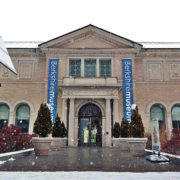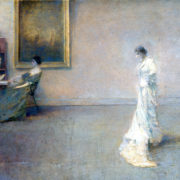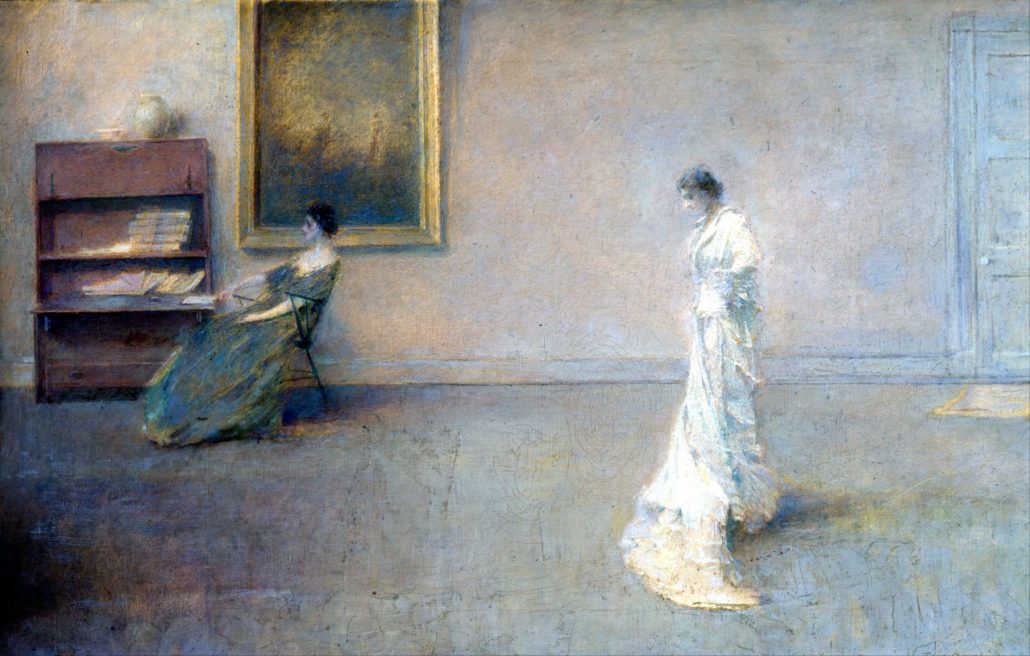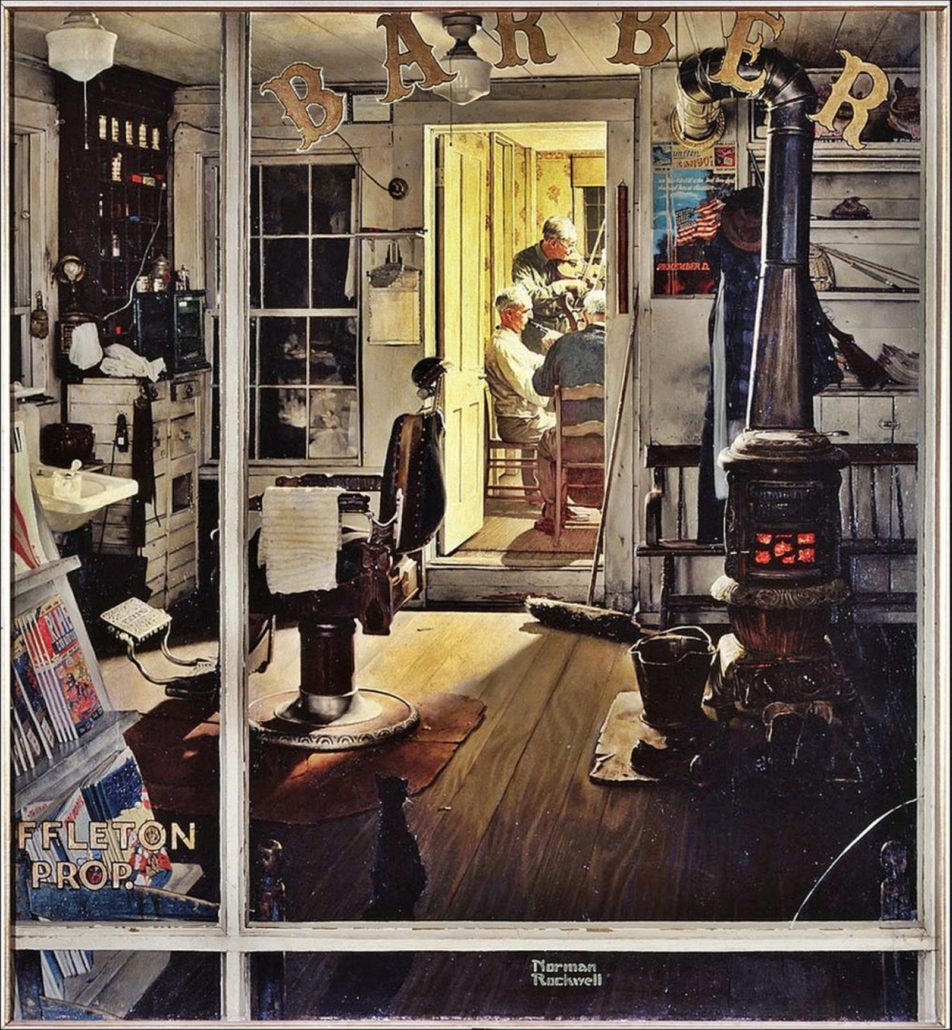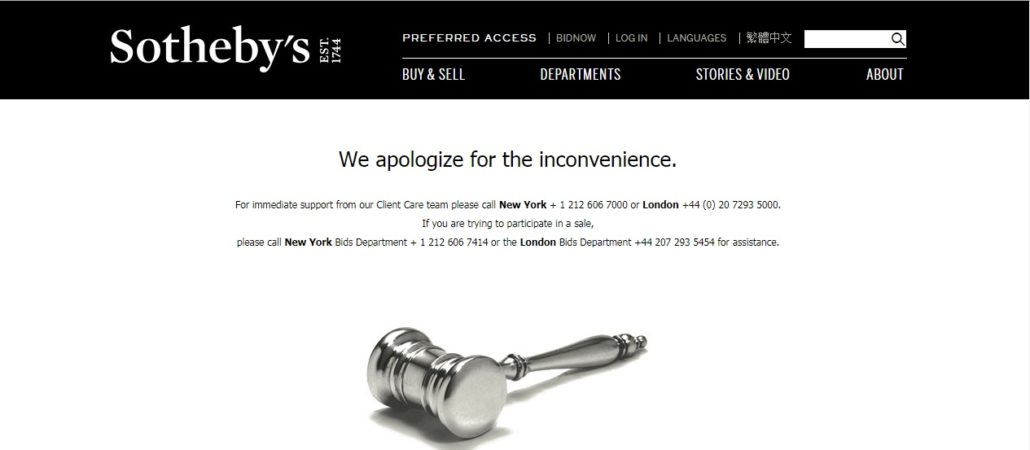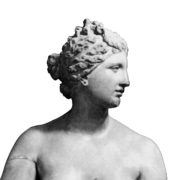Museums & the Public Interest: More Questions for the Berkshire Museum
Ruth Osborne
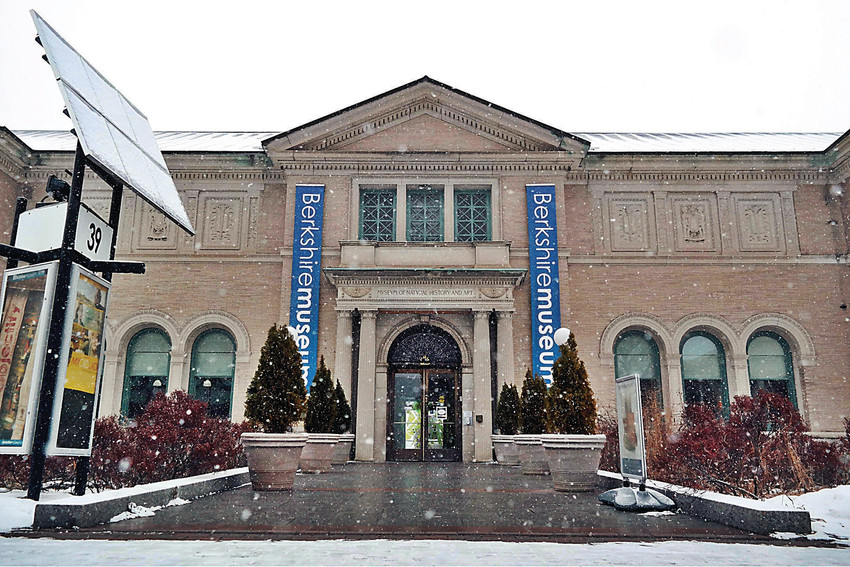
Courtesy: Ben Garver — The Berkshire Eagle
An opinion piece appeared earlier this month by an economist at George Mason University (D.C.) that emphasized the right of the Berkshire Museum Board to make the decision to sell art and shift its focus to “new areas where they can be strong and discard some older activities”. He compares the Museum Board in question with the actions of other museums to add to their displays either more recent artworks or those by minorities in order to expand their offerings and diversify their audience. But to empty out ones galleries of prized works as a way to keep the Museum itself afloat is an entirely different scenario. The Berkshire is not simply changing with the times and becoming more “high-tech”, nor is it shifting focus because art isn’t as captivating as science and technology are to contemporary audiences. The latter alone has been proven by the hoards of Museum members and locals advocating legal action against the deaccession sales.
The author does ultimately admit that the Museum Board’s decision “isn’t exactly the original intent of the museum”, and that the rather careless attitude towards the American art in their collection is a “sad truth”. The dismissiveness of the Berkshire Museum Board towards its own collection and founding 1903 mission of connecting art and natural history for the public is alarming. Why choose one over the other? Was it because the sale of works of art instead of natural history specimens promised more financial uplift to their endowment?
Just two weeks ago, previously detained documents were released that reveal some less-than-savory details about the Board’s process in making their final decision to sell of collection masterpieces (read: money-makers).
The documents contained reports to the Museum Board from TDC, a Boston-based museum consultant group. Under TDC’s “summary of capitalization needs”, the Berkshire Museum needs around $2 mil would be required to pay down debt and upwards of $6 mil on top of that to improve the site’s facilities. In addition, TDC advised that $23 million in permanent endowments (the Museum’s current is just over $7 mil), would round out their ability to “stabilize [their] operations on multiple dimensions.” The report insisted that a scenario involving no deaccessions, and therefore no sales, would be absolutely “unsustainable”. From looking at this report, without deaccessions, the museum would seemingly have no other choice but to close. Anyone see any issue here with how the Museum’s mission is being perceived?
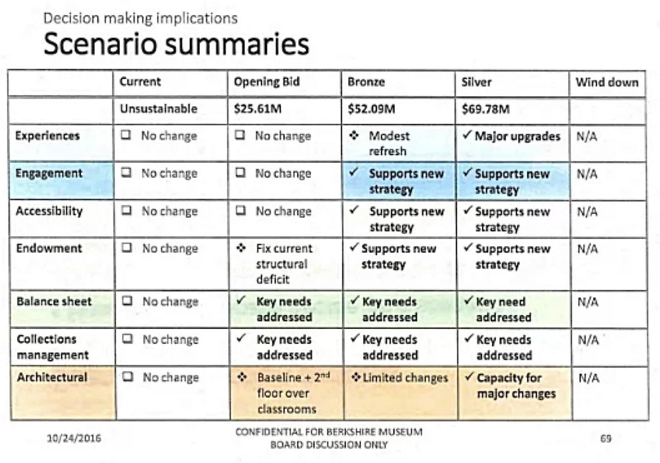
Courtesy: artnet
These scenarios place the institution itself over the importance of the works for which the institution was founded. Between April and October of 2016, around the same time that TDC’s “Scenario summaries” were issued to the Board, they also welcomed both Sotheby’s and Christie’s to take valuation of its collection and see what could fit the bill to make a little cash. Turns out that the artworks they put on the chopping block – 40 out of tens of thousands in the collection – accounted for about 90% of its total value. How are the works that only make up 10% of the collection’s value to support such a sharp shift in mission? Will new audiences actually turn out in the numbers needed to justify this campaign?
Besides being scolded by the many community members it is supposed to serve, and directors at the renowned Peabody Essex Museum (Salem, MA), the Berkshire’s flinging off of AAM regulations has resulted in the loss of its Smithsonian partnership. The AAM, along with the Association of Art Museum Directors also issued a statement on the Berkshire’s decision that read:
Such a sale sends a message to existing and prospective donors that museums can raise funds by selling parts of their collection, thereby discouraging not only financial supporters, who may feel that their support isn’t needed, but also donors of artworks and artifacts, who may fear that their cherished objects could be sold at any time to the highest bidder to make up for a museum’s budget shortfalls. That cuts to the heart not only of the Berkshire Museum, but every museum in the United States.

